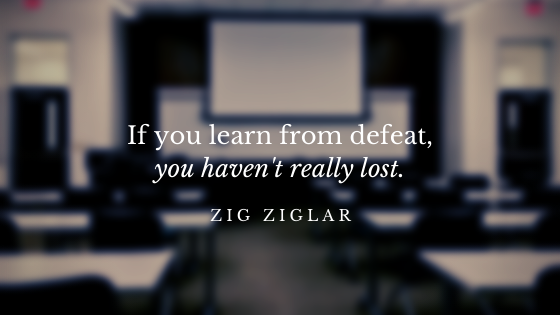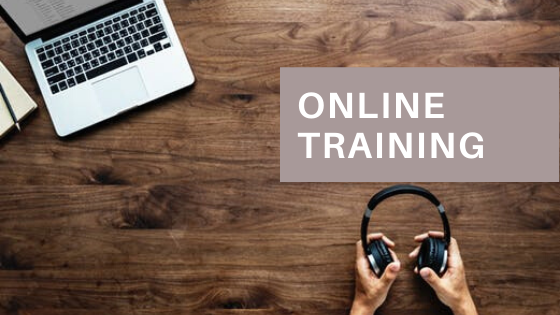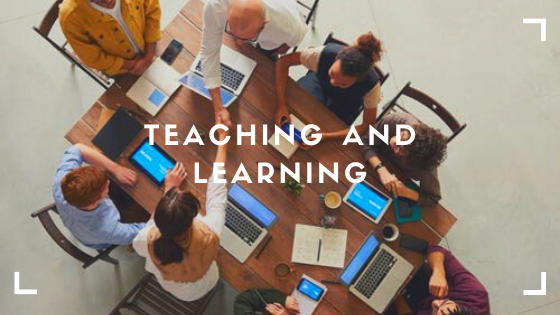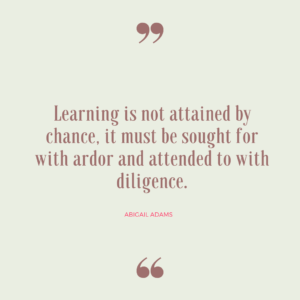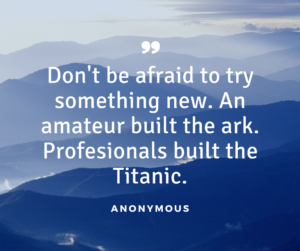What a strange place we’re in! It is as if we are collectively holding our breath as we wait for something new – or maybe the other shoe to drop. We fear getting sick but seemed resigned to what seems like the inevitable. We take precautions and stay away from others. We live in our restricted and restrictive spaces, connected through our computers and smartphones. How long can we continue to talk to disembodied voices or pictures with sound before we forget what it’s like to be in the presence of others?
We make jokes about dressing from the waist up for video conferencing, and it’s a funny thought to wear sweat pants with a dress shirt and jacket. To me, it’s a physical representation of our disjointed lives. We’re at home and we’re at work. We are searching for a new normal in the midst of “stay at home” and social distancing.”
 Many have the ability to work from home and manage the job and family in the same place. Of course, other issues arise when the family competes for space and internet bandwidth. Others do not have this luxury. They work in grocery stores, pharmacies, and warehouses. These workers still need child care and transportation. I worry that the “new normal” for these people has added more stress to what was already a difficult juggling act.
Many have the ability to work from home and manage the job and family in the same place. Of course, other issues arise when the family competes for space and internet bandwidth. Others do not have this luxury. They work in grocery stores, pharmacies, and warehouses. These workers still need child care and transportation. I worry that the “new normal” for these people has added more stress to what was already a difficult juggling act.
What I think this situation may force us to realize is how much we view ourselves from the perspective of our jobs and professions. “What do you do?” has become “What are you” in the work world. Without a specific place to embody that role, what are we? People who worked remotely prior to the pandemic may have already answered this question. For women, and especially mothers who work outside the home, having a clear line between who we are at home and who we are at work was helpful. What do you do when the workplace is home? I don’t have children at home now and it’s still difficult to get my husband to respect my work space and time.
But is who we are defined by others or the space we inhabit? Our individual identities are our own making. If we allow others to define who we are or identify our roles and the places in which we perform those roles as what we are, then we relinquish our autonomy. Why does this matter now? I see people running to redefine their lives because the pandemic has stripped them of their identity as they defined it.
Fear has taken hold of the world. Yes, we will get through this, but at what cost to our psyches? I realize that we, as humans, have the ability to reinvent ourselves many times over during our lives. If we are forced to reinvent ourselves because of an outside/external situation, why do we do it? Because we feel we can learn something new and grow or because one door was closed to us and we are forced to open another one?
I am just beginning to formulate tentative answers to these questions. I feel compelled to provide opportunities to people if they want to learn something new, but I also find myself in the same situation as someone trying to launch a new business. Should I pivot and do something different? What can I offer people to help them get through this?
I worry that our sense of community has been seriously injured also. I mourn the loss of the in-person training sessions I offer because they provide me with a community of learners. Together we approach the material and discover its meaning and/or application. Those learners may be present on the other end of a webinar, but it’s not quite the same as being face-to-face in a room. I do what I can to create connection and participation in live, online training sessions. Analytics are sometimes my only resource to determine if they felt connected and interested.
I hope that we can learn to live together again when we emerge from this pandemic. I think the scars of this disease on our communities will take a long time to fade. My task seems simple, yet profound: to bring people together in communities of learning. In doing this, I play my part in our collective healing.

